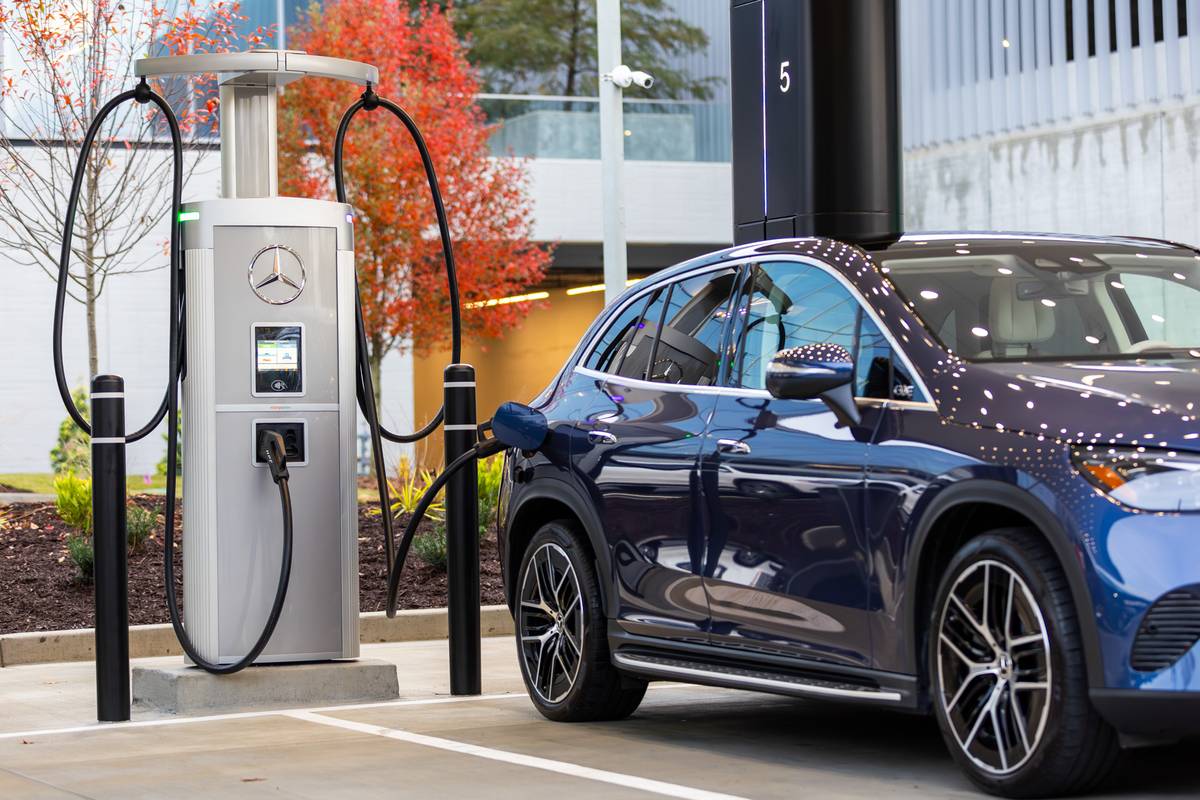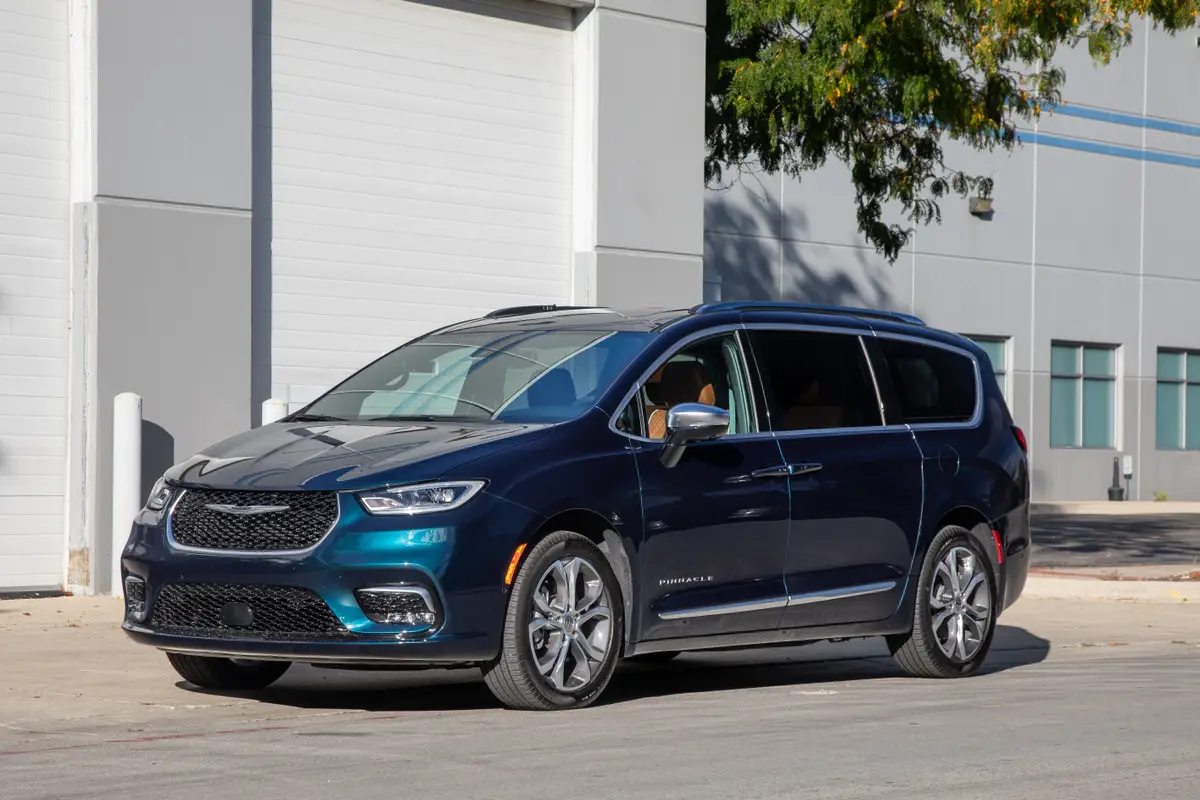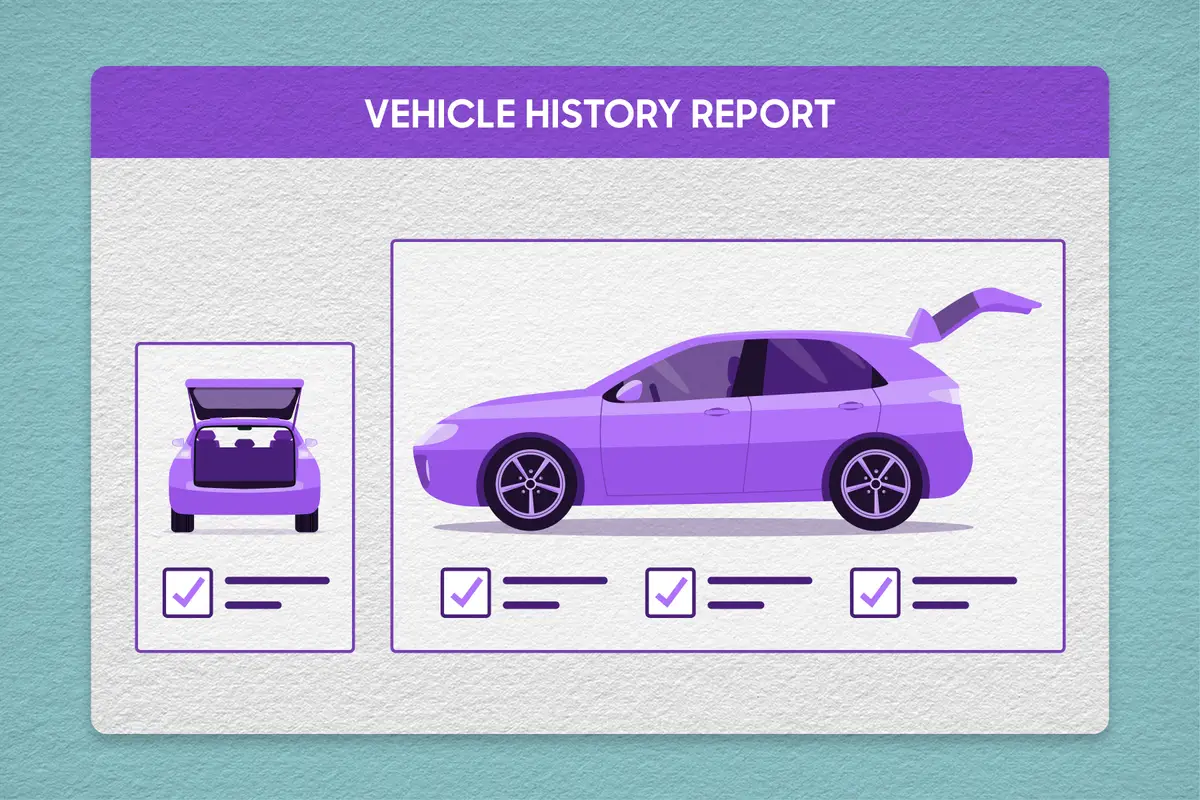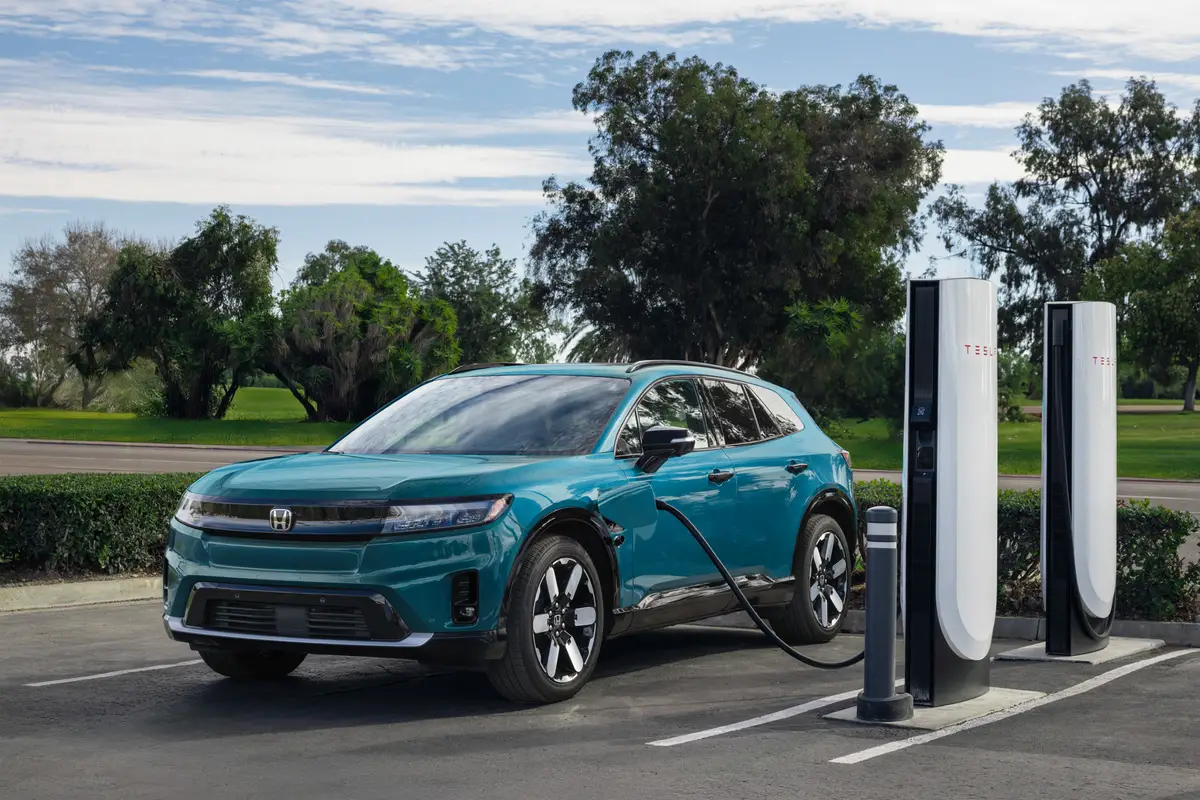Should I Buy an Electric Car or Plug-in Hybrid?

Key Points:
- Fully electric vehicles are powered solely by electricity, while plug-in hybrids offer a limited electric range plus a gasoline engine backup for extended travel.
- Shoppers should consider their needs before buying either an EV or PHEV, as well as charging limitations, how their climate will affect range, longer charging times, and potential local tax incentives or subsidies.
Are you thinking about making the switch to an electric or plug-in hybrid car, SUV or truck? Part of the allure could be never (or very rarely) needing to visit a gas station for a pricey refuel. The decision could also be motivated by a desire to drive a vehicle that’s better for the environment.
Related: What to Know Before Purchasing an Electric Vehicle: A Buying Guide
From the environmental perspective, there’s no question electric propulsion is superior, which is why plug-in and hybrid vehicles have become popular. What has held fully electric vehicles back, however, is consistently cheap gasoline, not to mention the lack of quicker and more widespread public charging stations. (Plan a lengthy road trip in a fully electric vehicle and you’ll understand what we’re talking about.)
Below, we’ll address the basic questions about two main types of plug-in vehicle, both of which allow you to drive some distance on electric power alone: pure battery-electric models and plug-in hybrids. Typically, when people refer to an electric car, they’re talking about a pure battery-electric vehicle that has no gas backup; when it does have a gas backup, it’s called a plug-in hybrid.
What Is an Electric Car?
- Key takeaway: Pure EVs have the need for greater battery capacity to compensate for the lack of a gasoline engine.
A pure EV has no gasoline engine backup, and it may be cheaper to build because it has one powertrain. But there’s a confounding factor: With no backup propulsion system, more electric range is needed. This means more battery capacity, and batteries are among one of the most expensive components of EVs. That cost can erode whatever was saved by eliminating the gas-fed engine and all of the oily parts that go with it.
While some seismic changes in the market have recently occurred — most notably the loss of any federally funded EV incentives — the increasing variety and falling cost of EVs makes them a more viable option in the automotive marketplace.
What Is a Plug-in Hybrid Car?
- Key takeaway: Plug-in hybrids offer the flexibility of limited electric-only driving as well as a gasoline engine backup, making them a good choice for single-car households and long trips.
A plug-in hybrid electric vehicle, or PHEV, can do two things: First, it can drive a limited distance on electricity from a battery that’s been charged by plugging into grid power. Second, it has a gas engine that can turn on to keep the vehicle going so long as you fuel it.
The gas backup, whether it drives the wheels directly or provides electricity for the electric motor, eliminates concerns about being stranded with a dead battery. This makes PHEVs an attractive choice if you or your family own only one car. Pure battery-electric cars, on the other hand, are less ideal if you want to go on long road trips because public charging is slower, not available everywhere and can be unreliable in many locales.
What Should I Know About Plug-in Cars?
- Key takeaway: Before buying an EV or PHEV, consider factors such as charging limitations, reduced range in cold weather, longer charging times compared to refueling, and potential local tax incentives or subsidies.
If you’re new to plug-ins, you should know a few things, some of which might surprise you:
- EVs favor the homeowner. If you rent, lack a garage or live in a sizable city with pricey parking, then a pure EV is probably out of the question. An EV’s range seems to favor an urban environment, but recharging definitely leans toward the suburbs, where home chargers are much easier to have installed.
- Range drops dramatically as temperatures fall. According to AAA estimates, range can decrease by roughly 40% at 20 degrees Fahrenheit. There’s a reason EVs are more popular in warm climates.
- Charging takes more time than refueling. Even with more advanced charging technology and improved infrastructure, this remains an unavoidable fact.
- While federal incentives are now a thing of the past on all new and used electrified vehicles as of Sept. 30, there could still be local tax incentives, or subsidies for something like a home charger, where you live. A little homework could save you money.
How Much Range Do I Need?
- Key takeaway: For most daily commutes, EVs and PHEVs offer sufficient range, especially when charged at home or work, with PHEVs providing the added flexibility of a gas engine for longer journeys.
Not as much as you probably think. Once you accept that EV ownership is fundamentally different, your true needs become clearer. Charging at home overnight or reliably from your place of work is often ideal, and that means most EVs have plenty of range for the typical daily commute. As the average range of EVs increases with every passing model year, the days of range anxiety are becoming less of a make-or-break car-buying issue.
If you’re considering a PHEV, it’s the same equation. If you have a 20-mile commute and your PHEV has 30 miles of electric range, you’ll enjoy all of the benefits of a fully electric vehicle. Also, for those times when a longer journey is necessary, you can rely on the extended range afforded by the gas engine once it kicks into action.

How Long Does EV Charging Take?
- Key takeaway: While charging overnight at home can help, EV charging takes longer than refueling a gas-powered car. Voltage levels, battery capacity and temperature can influence charging times.
The short answer is “still too long.” However, if you’re regularly charging your EV at home overnight, charging times typically aren’t a problem. Still, it takes longer than refueling, and that’s one of the reasons public charging isn’t the solution that uninitiated shoppers often expect.
We’re accustomed to spending only a few minutes at a gas pump to add hundreds of miles of driving range. Unfortunately, if this is to become a reality for EVs through solid-state batteries or some other innovation, it won’t come soon — or cheaply. Charging an EV on a regular 120-volt household outlet can take days for a full recharge.
On the plus side, using 120 volts can work fine for a PHEV because of their smaller batteries. You also could sidestep the need to spend extra money on a 240-volt circuit if you don’t already have one handy. On the other hand, 240 volts is better for preconditioning the cabin — running the heat or air conditioning before you depart so you don’t waste as much battery and, thus, deplete electric range.
Home charging at 240 volts, which is called Level 2 charging, can add 10, 20, 30 or even more miles of range in an hour’s time with enough amperage and if the car can accept it. Electrified vehicles have different levels of charging tech so, if time is a major issue, make sure the EV you’re considering is compatible with your needs.
Another caveat is that excessively low or high temperatures can slow the charging process. Batteries also charge fastest when empty and slowest when nearing full capacity — that last 10%-20% of charge could take much longer than you expect.
What About Public Charging?
- Key takeaway: Charging an EV at a public charger costs more than doing so at home. It can also harm battery life if used regularly if a DC fast charger is used.
Public charging is nice if you can find it, but beware of buying an EV expecting to rely solely on public charging. If you can’t reliably charge at some fixed location on a daily basis, there’s a lot of risk in buying a plug-in vehicle. Public charging typically costs more than home charging, too, especially when using a DC fast charger. While this is faster than Level 2, it still doesn’t match the rapid gas-pump experience. Using DC fast-charging stations is also not recommended for regular use as it can lessen the efficiency and shorten overall lifespan of the battery pack.
There are an increasing number of smartphone apps that can not only inform an EV driver of nearby stations, but also of any reliability problems associated with them. This could be an invaluable tool for those times when a public charging station is the only option.
Is Home Charging Expensive?
- Key takeaway: While charging an EV at home can be cheaper than filling up a gas-powered car in the long run, the initial installation of a Level 2 charger can be a significant expense, with costs varying depending on installation complexity.
In one regard, home charging isn’t expensive. Your electric bill will go up, though usually not as much as your gasoline bill goes down. However, the installation of a 240-volt Level 2 charger will likely require a large initial expense. Like most aspects of plug-ins, there’s no quick and easy answer to the question of cost.
Level 2 charging hardware ranges from about $200 to $1,000, and installation costs can run from hundreds to a few thousand dollars. These installation costs can vary widely depending on how close your charger is to your home’s electric service panel, what’s in between (walls, concrete, asphalt, etc.) and what equipment and labor is needed. This is why getting a site survey from a licensed installer or electrician is a smart first step when buying a plug-in. However, if you already have an unused 240-volt circuit in your garage, you might be ready to be able to charge at home with little expense.
Read More About Plug-in Vehicles:
- How Much Do Electric Car Charging Stations Cost?
- Here Are the 11 Cheapest Electric Vehicles You Can Buy
- What Are the Hidden Costs of Owning an Electric Car?
- What Are the Most Fuel-Efficient Cars?
- Electric Cars With the Longest Range
Will a Plug-in Car Save Me Money?
- Key takeaway: While a plug-in vehicle generally has a lower cost per mile than a comparable gas-powered car (and potentially lower maintenance costs), they can have a higher initial purchase price.
It’s hard to say a plug-in vehicle will save you money because there are many variables. The cost per mile of a plug-in is most often less than that of a comparable gas-powered vehicle, and the advantage is even greater if you’re comparing with a car that requires premium gasoline. But bear in mind that electric and gas costs vary widely across the country, so there’s no single verdict.
For a rough estimate, the Department of Energy’s vehicle cost calculator can juxtapose the cost to drive an average EV versus an average gas vehicle in your state — but it’s rough since it’s based on averages of both vehicle types, as well as only on regular gas. If you’re one to dig deeper, find your average price per kilowatt-hour and compare it to the local cost for the particular grade of gasoline you’d use.
In our experience in Chicago, the cost per mile on electric power has been about half that paid for regular gasoline, but that’s just the cost of operation. Plug-in vehicles still tend to be relatively expensive upfront, or at least more than many direct gas-powered rivals. Pure electrics do have lower maintenance costs associated with their powertrains, however; no more gasoline also means no more oil changes, after all.
Is There an Exception?
- Key takeaway: A used EV can offer a big discount and may have a shorter range and slower charging time compared to newer models.
The best way to save money on a plug-in vehicle over the long run is to buy a used EV as a second car that you can charge at home. Used battery-electric cars tend to be surprisingly cheap for a few reasons:
- They’re used vehicles, which alone represents a major discount. Any new car buyer is well too aware how much resale value can drop after only a few years.
- EVs are improving and adding more range and faster charging technology. This means older models with shorter ranges will seem less valuable — but, conversely, more of a potential bargain.
- Consumers worry about EV batteries dying completely and being prohibitively expensive to replace. In reality, after years of experience testing hybrids and plug-in vehicles, we’ve found outright battery failures are rare. Traction batteries lose about 20% of their capacity over the course of 100,000 miles and/or 10 years. Battery warranties are pretty long, but they don’t cover marginal loss of range. You should worry less about battery failure and more about whether a potential 20% loss gives you enough range to work with for your daily driving needs.
Related Video:
Cars.com’s Editorial department is your source for automotive news and reviews. In line with Cars.com’s long-standing ethics policy, editors and reviewers don’t accept gifts or free trips from automakers. The Editorial department is independent of Cars.com’s advertising, sales and sponsored content departments.
Featured stories




